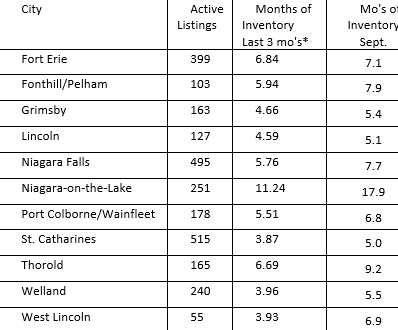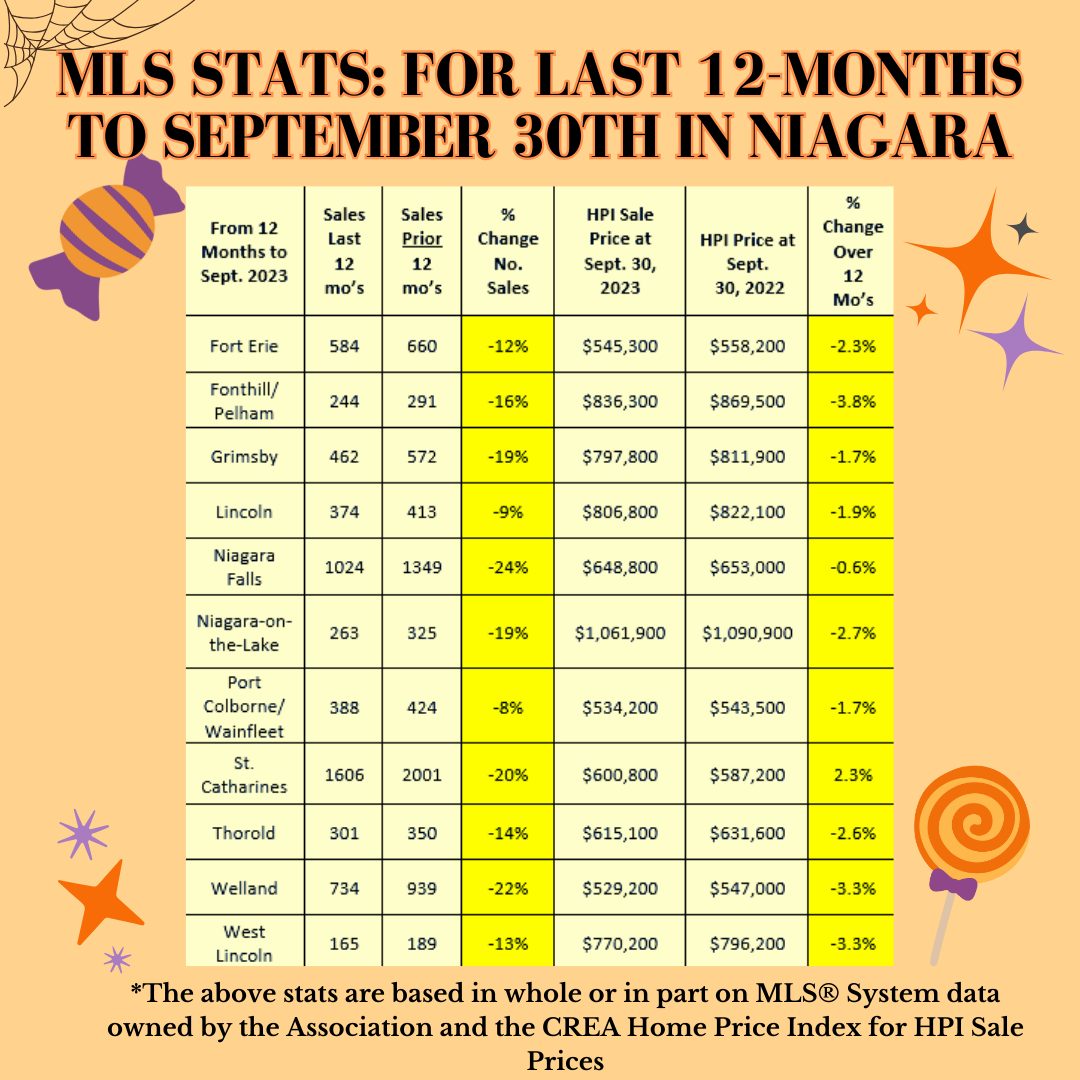We all know that Real Estate is a cyclical beast. An eb and flow of timing the market and time IN the market. However in the last year things have changed dramatically. Interest rates have climbed continuously (with another announcement only a couple weeks away from the time of this post’s release) and pricing still “correcting” from the peak of the market in 2022. It’s safe to say Buyers and Sellers are feeling a little overwhelmed. Seller’s are contending with days on market and number of competing homes on the market growing and wondering what is it going to take to get there home sold?!
Absorption Rate is a tool I use to help my client’s sell their homes and give us an edge on the growing competition of listings. Lets get into it!!
WHAT IS ABSORPTION RATES?:
Absorption rates give a trend line of how long it’s taking for existing homes on the market to sell. This tool can assist sellers in positioning their home at the front of the market.
Example of Month’s Supply & Absorption Rate:
If 96 homes sold in the last 12 months that means that the market will absorb 8 per month (96 divided by 12).
If there are 60 home on the market, there is a 7.5-month supply. This means that it would take 7.5 months for the existing homes on the market to sell… With more listings hitting the market, the month’s supply can effectively increase if the number of homes sold stays the same or declines.
Why understanding the trend and its importance is helpful:
If the month’s supply of listings is increasing, it can turn a seller’s market into a buyer’s market. If decreasing, it could be going from a buyer’s market to a seller’s market.
Using the example above, a sellers’ newly constructed home will be move-in ready in 90 days. They, therefore, would like to have their existing home sell within the same period. The sellers’ motivation to sell is quite strong. So to achieve their goal they will need to position their home ahead of the market to get it sold within their required time frame. This basically amounts to aggressive pricing that’s highly competitive to attract the attention of active buyers and their agents.
Interpreting Month’s Supply & Absorption Rates
- ·Under 5 months of inventory, a seller’s market…not enough supply to fill demand.
- ·5-6 month’s inventory is a balanced market
- ·More than 6 months supply is a buyer’s market…too much supply. Buyers have a lot more to choose from.
- ·Over 9 months of inventory—an extreme buyer’s market
- The following chart, taken from Niagara’s MLS system on October 1, 2023 gives the months of inventory for the last 3 months of sales, as well as for the month of September*

As you can see from the chart, the months of inventory in September alone has increased compared to the last three months including *July, August and September.
To make it a little more clear, here is why absorption rates are important for motivated Seller’s in today’s Market:
- Pricing Strategy: It helps sellers determine the appropriate pricing strategy for their property. By understanding how quickly similar homes are selling in the current market, sellers can set a competitive asking price to attract potential buyers.
- Timeframe for Sale: The absorption rate gives sellers an estimate of how long it might take for their property to sell. This information is valuable for sellers who have a specific timeline in mind, such as relocating for a job or buying a new home.
- Market Trends: It provides insights into market trends and conditions. Sellers can gauge whether the market favors buyers or sellers based on the absorption rate. A low absorption rate may indicate a seller’s market, where there is high demand and limited supply, potentially leading to higher prices. Conversely, a high absorption rate may signal a buyer’s market with more supply and less demand, potentially affecting pricing and negotiation strategies.
- Competitive Advantage: Understanding the absorption rate can help sellers gain a competitive advantage by pricing their property effectively compared to similar listings. Overpricing a property in a competitive market can lead to it sitting on the market for an extended period, while underpricing can lead to missed opportunities.
- Decision Making: Sellers can make informed decisions about whether to list their property, make improvements or repairs, or wait for more favorable market conditions based on the current absorption rate. This information can guide them in determining the best course of action for their specific circumstances.
- Negotiation Power: Knowledge of the absorption rate can influence negotiation strategies. In a seller’s market with a low absorption rate, sellers may have more leverage in negotiations. In a buyer’s market with a high absorption rate, they may need to be more flexible.
In summary, the absorption rate is a valuable tool for sellers in real estate as it provides crucial insights into the local market conditions, helping them make informed decisions about pricing, timing, and negotiation strategies to maximize the likelihood of a successful sale.
If you’ve got questions or you’re ready to put this information to use and list your home give me a call!!



 Facebook
Facebook
 X
X
 Pinterest
Pinterest
 Copy Link
Copy Link

